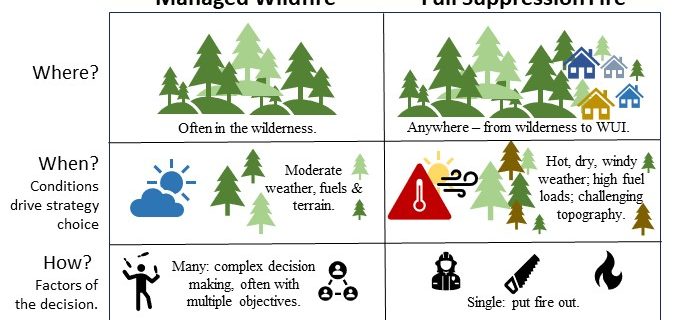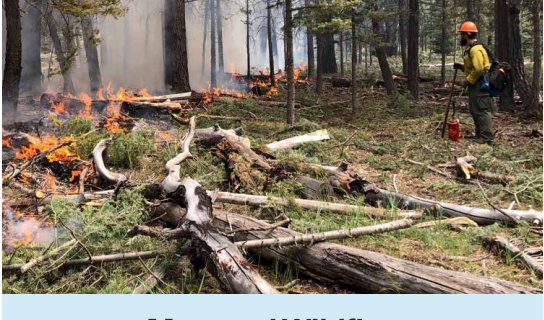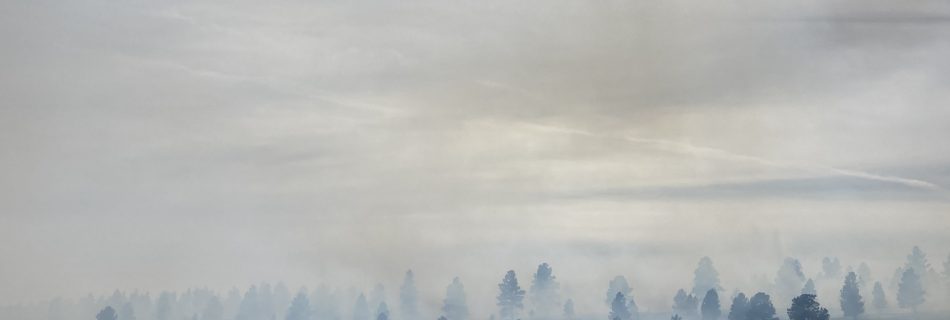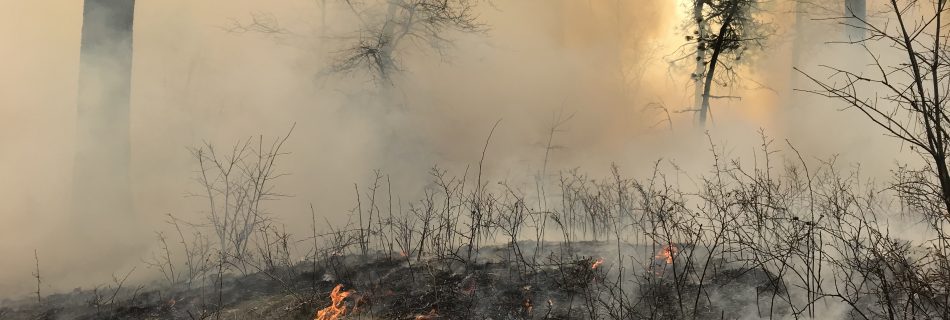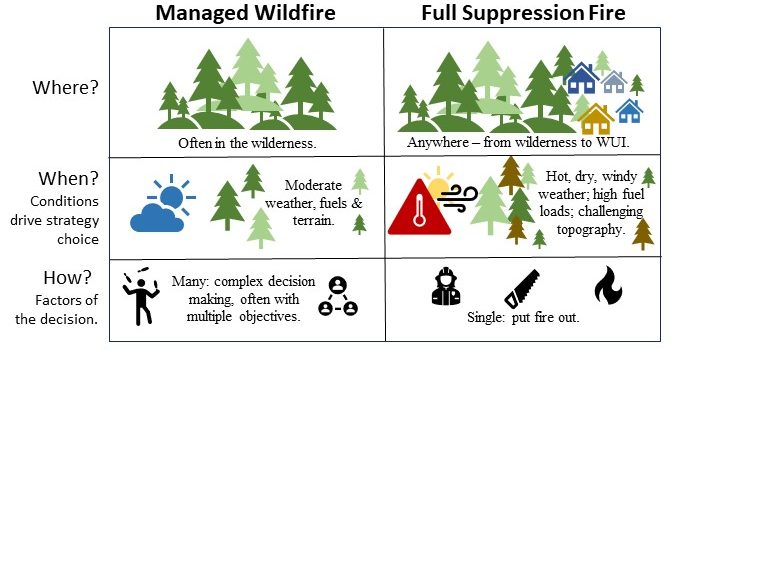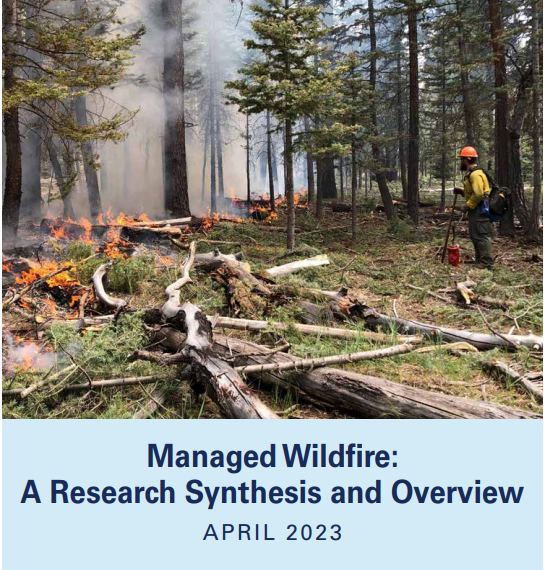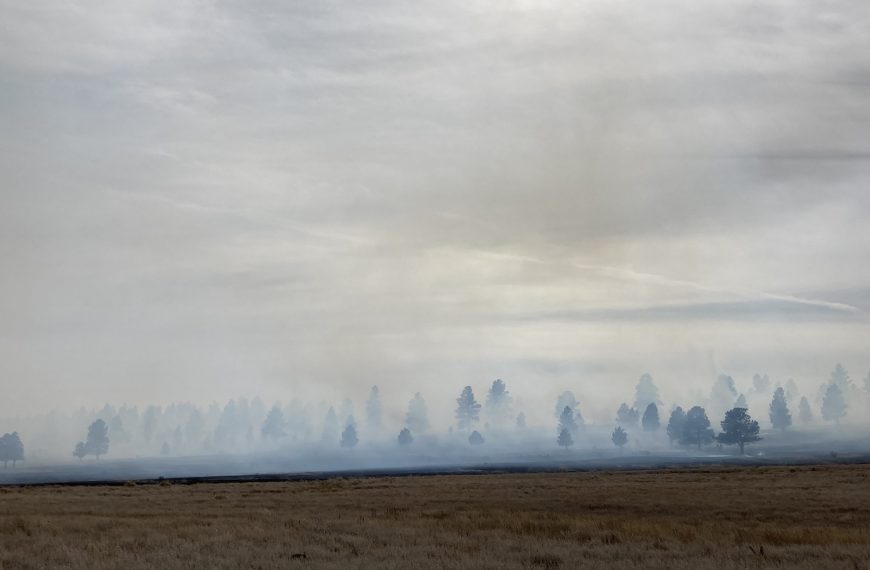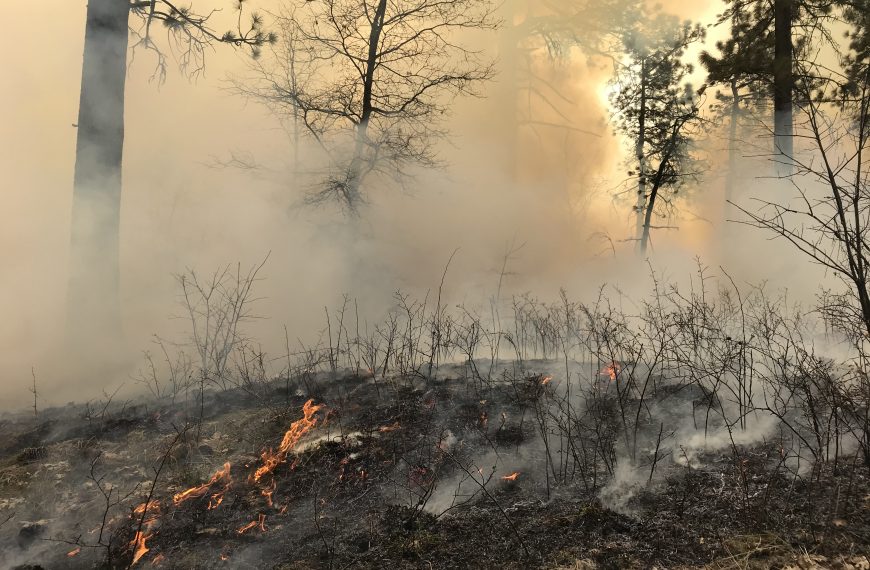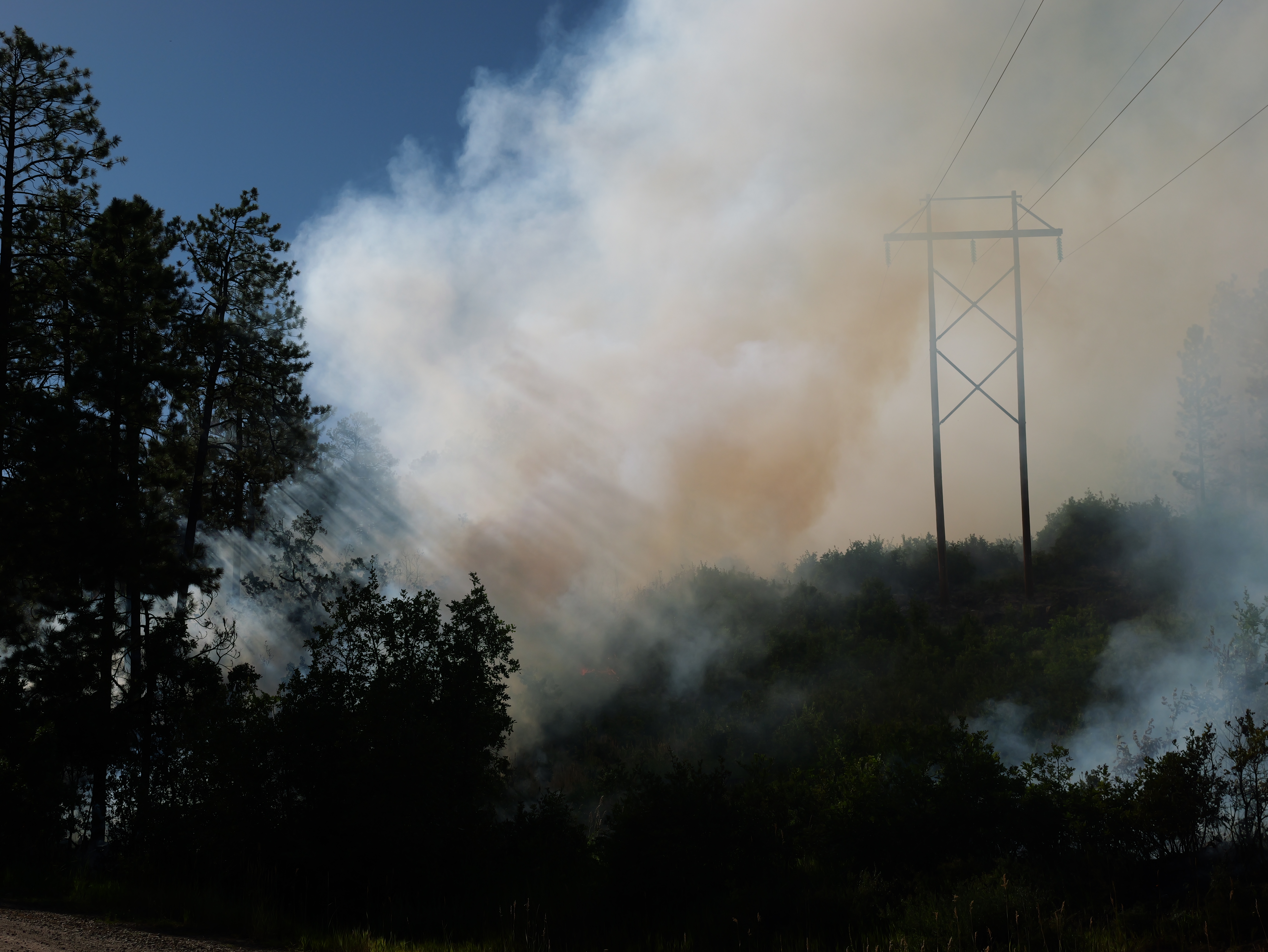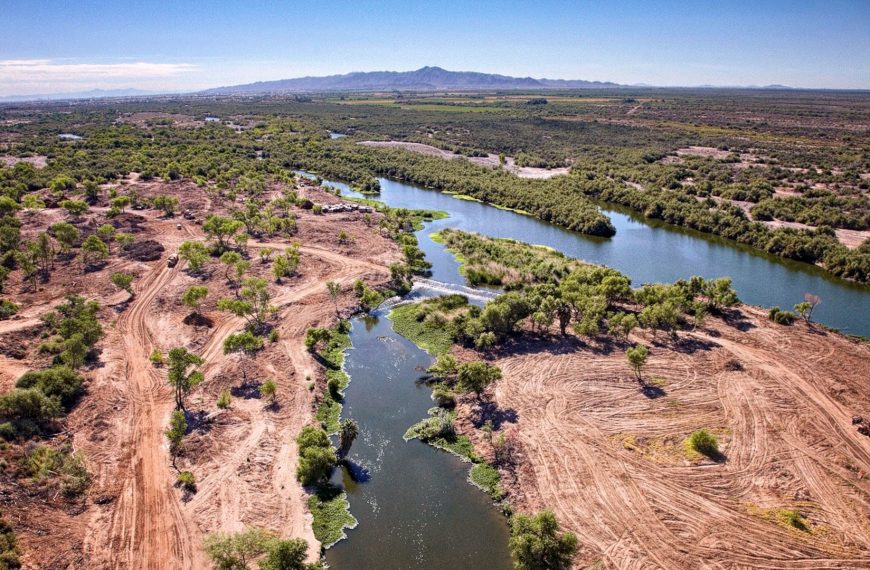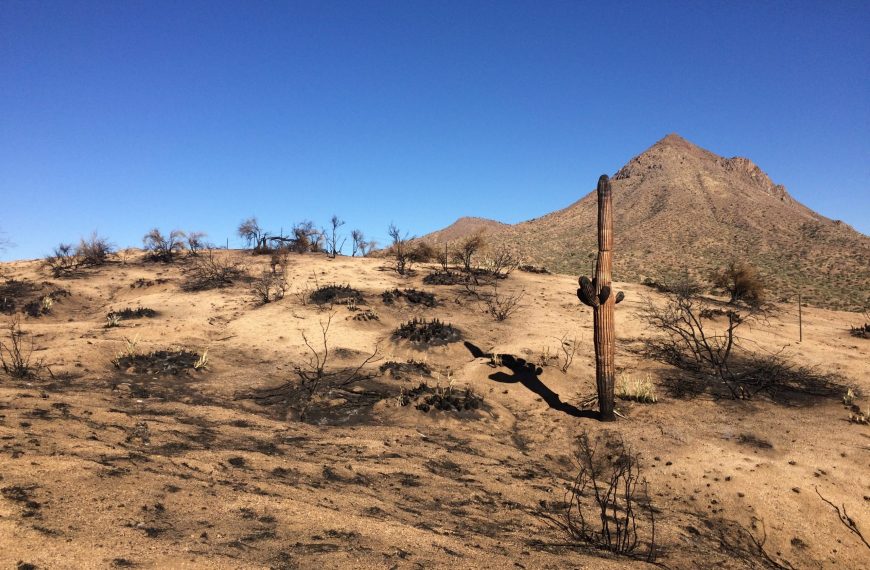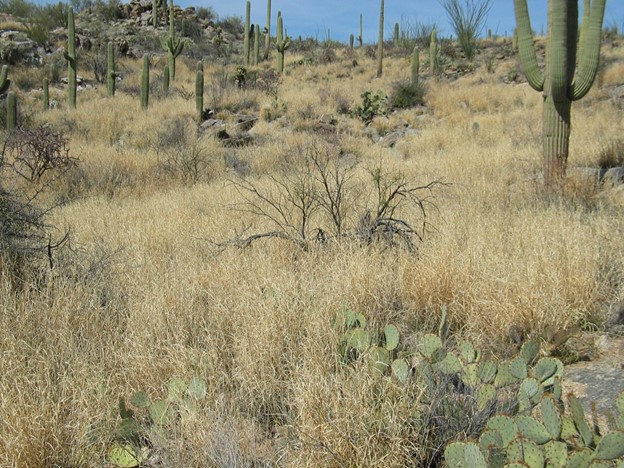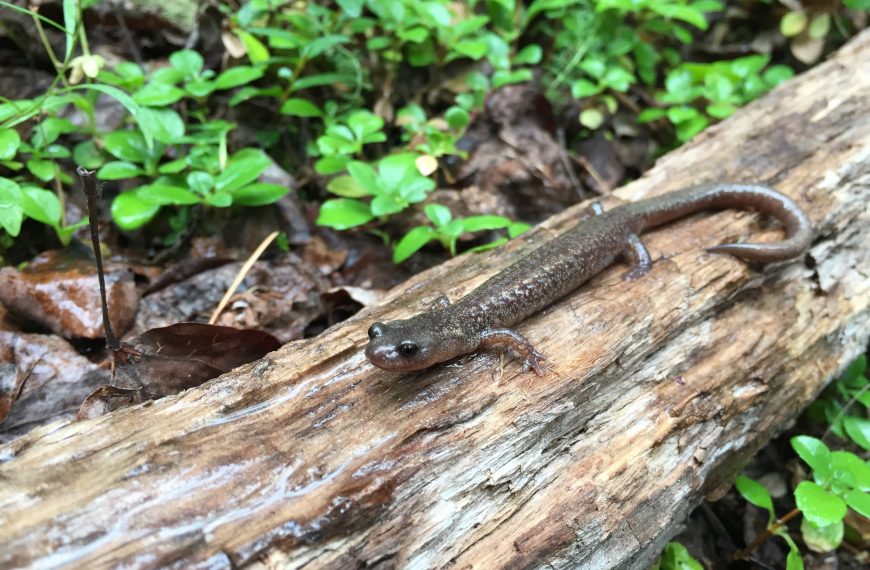For the past decade, the San Carlos Apache fire and forestry staff has been working to reintroduce fire to the landscape through an expanding prescribed fire and managed wildfire program. Stephen J. Pyne narrates this video describing the 2014 fire season on San Carlos when the new approach to fire was tested with the simultaneous management of multiple prescribed burns as well as a number of wildfire starts. One of those starts, the Skunk Fire eventually grew to over 73,000 acres.
Managed Fire Fact Sheet
Download a PDF of the fact sheet here and read the entire science synthesis report here.
Managed Wildfire: A Research Synthesis & Overview
All wildfires in the United States are managed, but the strategies used to manage them vary by region and season. “Managed wildfire” is a response strategy to naturally ignited wildfires; it does not prioritize full suppression and allows the fire to fulfill its natural role on the landscape, meeting objectives such as firefighter safety, resource …
Read more “Managed Wildfire: A Research Synthesis & Overview”
Policy & Managed Fire
IN A NUTSHELLReview of the history, policies, and challenges behind “managed wildfire”, the fire management strategy of leveraging natural ignitions for resource objectives and community benefit. Description: The topic of “managed wildfire” is mired in complexity, starting with what to call it. This fire management approach has been known as “prescribed natural fire,” “wildland fire use,” …
Managed Wildfire
Date: March 23, 2022 11am AZ/12pm Mountain DaylightPresenters: Stephen D. Fillmore, PhD Student, University of Idaho, Dr. Sarah McCaffrey To improve understanding of the managed wildfire decision-making process on federal lands (USA), we conducted a mixed methods review of the existing literature. The review was published in September, 2021 in the journal Fire. The review …
San Carlos Apache – Building a Culture of Fire
Past Meets the Present: Using Old Burns in Fire Management
Over the past two decades the size of wildfires has dramatically increased across the Southwest. These large burned areas have become so common that newer wildfires are burning into and around them. Fire managers increasingly use these previous burns as treatments that either stop or slow fire spread. The interaction of past and current wildfires has important management and ecological consequences.
Click here for accompanying “Past meets the present” write up containing more detail.
Related Content
Managing Wildfire: Blazing the Trail in the Southwest
Recent changes in federal fire management policy have given fire managers increased flexibility to manage wildfires for multiple objectives. Fire managers can allow one flank of a fire to continue burning through remote backcountry, while actively suppressing another flank that threatens homes, infrastructure, or other values. Fire managers across the Southwest discuss the benefits of the new policy and the continuing challenges of managing fire.
Click here for accompanying “Managing Wildfire” write up containing more detail.

